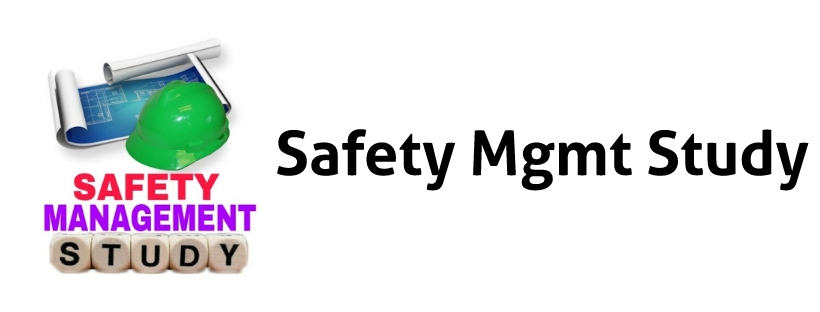Positive and Primary Isolation | Types of Mechanical Isolation
Mechanical isolation is a critical safety measure in industries that manage hazardous energy sources like chemicals, gas, or steam. This guide explores the importance of mechanical isolation in ensuring workplace safety by preventing unintended releases of hazardous materials, particularly during maintenance or repairs.
What is Mechanical Isolation?
Mechanical isolation is the act of isolating or blocking or preventing the transmission of particular hazardous energy within a system or equipment to prevent accidental exposure to it. It tactics could include valve closure/s or blind flanges or spool section removals etc. It’s very critical to upholding correct mechanical isolation prior to any maintenance or repair processes in order to prevent accidents and injuries.
Key Types of Mechanical Isolation
Mechanical isolation can be divided broadly in to two silos:
1. Primary Isolation
This type of isolation is appropriate for low risk task such as replacing change out of gauges or filters. It acts like the beginning of the end of the safety awareness level but does not suffice for medium and high-risk tasks.
Examples of Primary Isolation Techniques:
2. Positive Isolation.
This is the highest level of safety isolation and is selected for high-risk activities, such as during confined space entry or cutting process lines. It involves techniques like blinding or spool removal that will eliminate the flow of toxic material completely.
Examples of Positive Isolation in Use:
Hydraulic and Pneumatic Actuators For Package Blinds.
Package and standalone blinds eliminate or control the access of hazardous energy out of the system using a steel blanking disk.
They come in different designs according to the extent of hazardous energy that needs to be isolated:
Conclusion
All mechanical isolation techniques are critical in preventing risk whenever hazardous energy is involved, especially in industrial environments, and therefore it is a subject that has been dealt with in great detail in isolations. It is necessary to appreciate that there are different categories of isolation such as primary and positive isolation AND the factors that encourage or deter the use of blinds in order to promote safety and prevent injuries.
FAQs on Mechanical Isolation
How many types of mechanical isolation are there?
The common types of mechanical isolation can be classified into two categories which are Primary Isolation and Positive Isolation. Primary isolation is meant for lower risk activities while positive isolation is meant for high risk activities where much precaution has to be taken in case of an accident.
Which mechanical isolation method is considered the safest?
The safest of the methods is the Positive Isolation. It is safe because it prevents the flow of energy harmful to the workers since all the procedures applied will ensure that there is no risk of any form of energy coming forth such as Spool removal and blinding.
Where is positive isolation most commonly used in the Oil & Gas industry?
Positive isolation is commonly used in high risk activities such as confined space entry and cutting process lines where by the most stringent safety measures are required.
Which type of blind is the most met with in Oil & Gas establishments?
A Spectacle Blind’s design is why it’s used in Oil & Gas plants more often than other blinds. Depending on operational needs, it can either block flow, or, in a non-operative manner, permit flow.
Why do we perform positive isolation?
Positive isolation is the most assuring way of carrying out very risky work like maintenance or alterations where release of hazardous materials will not occur and workers will not be exposed.



.jpg)









.png)
.png)

.png)
0 Comments